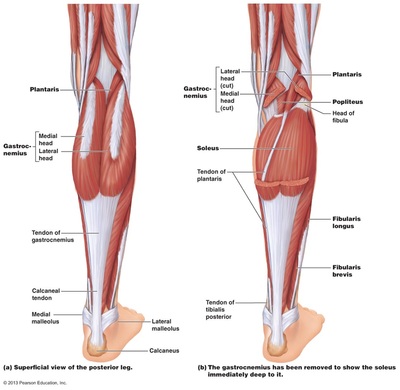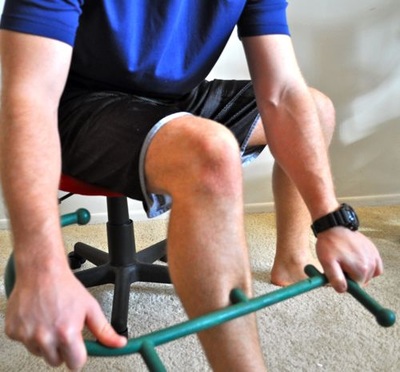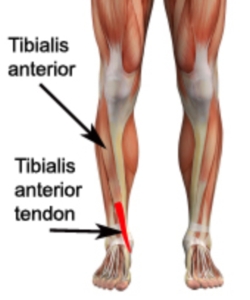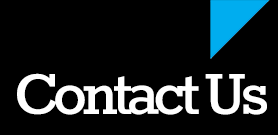- You need to free up restricted joints and know what good posture is
- You then need to loosen up the soft tissue imbalances
- Finally, you need to strengthen the area with appropriate exercises.
It is important to also note that prolonged foot dysfunction often leads to joint restriction. It is often advisable to get your feet assessed by a chiropractor trained in the extremities to help release these joints and restore proper motion. If there is joint restriction present, the soft tissue techniques you are about to learn may not be as effective as they could be. For further advice, you can contact me here.
Technique 1: Reduce tension under the foot
The soft tissue under the foot is often very tight due to general foot dysfunction, fallen arches, foot positioning problems etc. If this tension gets worse and inflamed, it is what leads to Planta Fasciitis.
To help reduce this we need to loosen up the soft tissue. The best way to do this is with myofascial release (soft tissue massage). The easiest way I have found to massage under the foot is to use a small ball and roll the foot over it. Roll all around the foot, including under the balls of the feet and the heel. Do this for several minutes on each side. I find golf balls work best but you could also use a tennis ball or other similarly sized ball. If you have Planta Fasciitis and it is quite sore and inflamed, you can ice the area after the massage to help reduce inflammation (Note: when using ice, only apply it for 10min at a time).
Prolonged foot dysfunction and positioning errors often leads to tightness in the calves and Achilles tendon. Once again, we need to reduce the tension in these areas. I like to use a foam roller when doing this. You could also use a bigger massage ball like a ‘spikey ball’.
Simply sit on the ground and place your legs onto a foam roller or ball. Then roll backwards and forwards to help loosen up the soft tissue. Personally, I like to do one leg at a time and have the other leg on top to help create more pressure and therefore a deeper massage. It is important to focus on the area where the Achilles tendon joins the muscle belly (you can see this in the image below) and also at the top of the muscle just under the knee. You can also roll your leg outwards and inwards slightly to help release all the fibers of the calf muscles.
The muscle in the front of the leg, called the Tibialis Anterior, is often tight as a result of foot dysfunction. This muscle is the cause of shin splints. That’s right, shin splints can be caused by foot dysfunction and using in-appropriate footwear.
Like with the calf muscles, you can release the tension by hand or you can use a foam roller or a massage ball. Simply roll up and down on the roller or ball and release any tight spots. The middle image below shows another great tool to reduce muscles tension, called the Theracane. We have them in the clinic if you want to try one. They are very effective in just about all areas of the body.
Having a good quality tennis ball (it needs to be hard) or massage ball and good foam roller or a Theracane are great tools to have at home. They can be used for lots of things and are great value for money. We do sell them in the practice or you can find them in most sporting goods stores .
So there you have been 3 simple techniques to help ease the tension in the feet and lower legs. Practice this along with the foot positioning from the previous post and you will hopefully start to feel some changes. In the next post I will discuss some simple exercises to help start and strengthen the feet and help you regain good control of them again. Your body will thank you for it.
P.S. As with any exercise or technique we discuss on here, if there is any pain or discomfort, stop and consult your health professional.











 RSS Feed
RSS Feed


